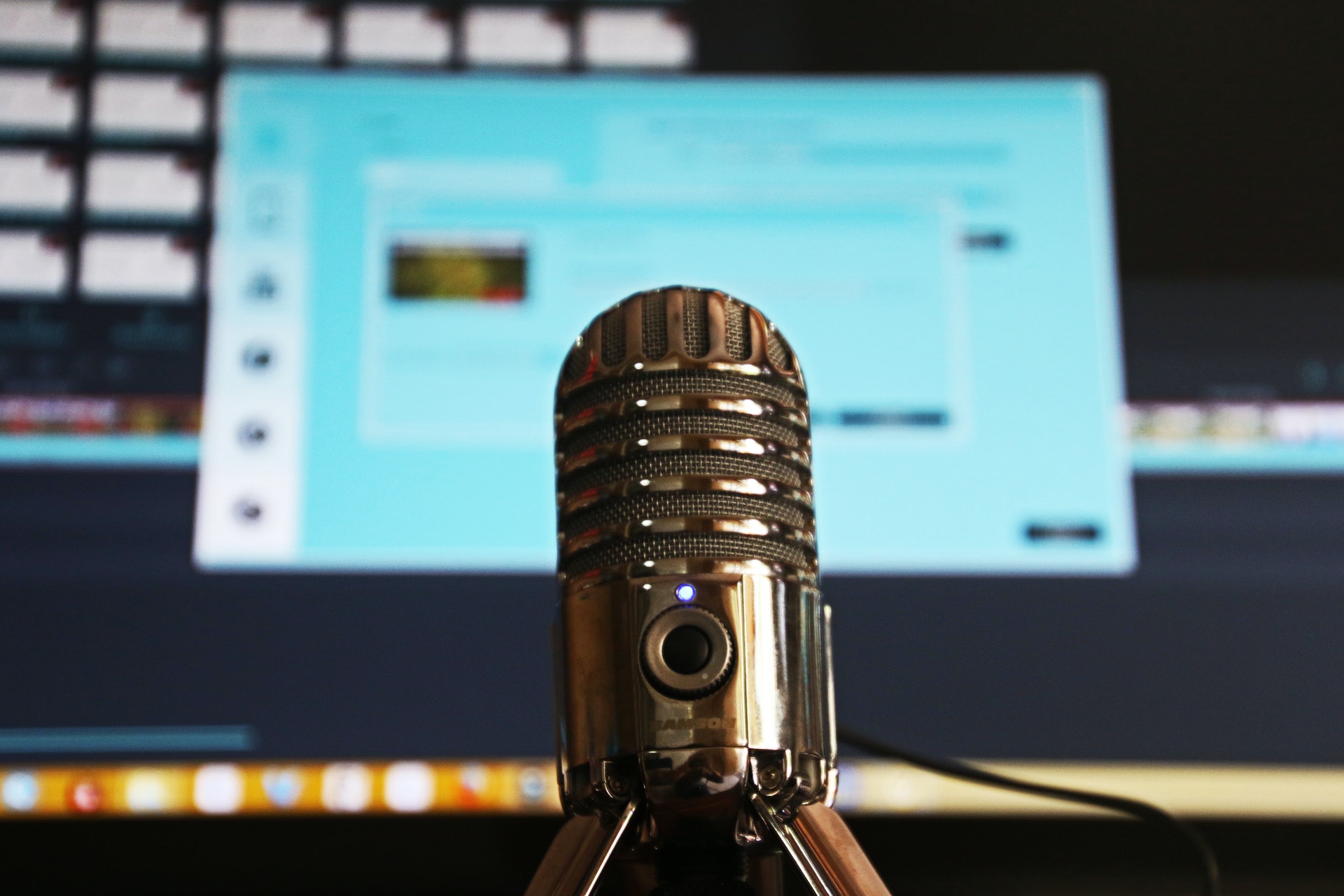
“The technology you use impresses no one. The experience you create with it is everything.” – Sean Gerety
Scribie is known for producing accurate transcripts. This won’t be possible through the help of our professional transcribers and technology.
For a while now, we at Scribie have been working on our very own Speech Recognition Engine, and we’re pleased to announce that we have rolled out updates to serve you better.
Read on and see how this technology can impact your work as a transcriber and the quality of the transcript you will receive as a customer.
Speech Recognition Engine Updates
Our motivation is to provide accurate transcripts through great customer experience. This is supported by our processes and technologies.
Scribie’s speech recognition engine model was built from around 4,000 hours of audio and transcripts using DeepSpeech 2 architecture. This marks an end to the last series of our continual learning models.
This technology provides a better and more accurate automatic word completion for our transcriber, which will help them work faster on their work confidently. The language model and difficulty level model has also been updated.
Over the past years, we have consistently decreased the WER (Word Error Rate). It is a standard metric for speech recognition or machine translation systems.
WER is also the same metric we use to help determine the difficulty level of the file. To calculate, you will get the number of errors and divide it with the number of words that were actually said.
Currently, the WER (Word Error Rate) is around 15.54% on Scribie’s internal dataset, 16.87% on the TED dataset, and 11.79% on the LibriSpeech Clean dataset.
The update has been running in production for the last month, and we’ve seen improvements.
It has been a success as the overall improvement is around 5% compared to our previous model.
In short, processes will be more reliable, and customers can expect more accurate transcripts whether they opt for our automated or manual service.
What’s Next
Scribie will continue improving for our customers and the community of professional transcribers.
Next, we plan to build larger models with a 10000-hour dataset, which should give further gains on WER.
We will also be working on improving the speaker diarization system or the process determining who speaks who in audio recordings. You can expect
Over to You
Our technology model is state of the art, making Scribie an industry leader.
No technology can compare to manual quality assurance processes, and when it’s used wisely and efficiently, it can serve us well.
If your transcript needs high quality and error-free output, you can rely on our transcribers.
Once you have the transcripts with you, Scribie’s Transcription Editor can help you review the transcripts against the audio file quickly and efficiently.
If you’re not satisfied with the transcript, you can ask for a free re-review and get free credits if we fail to meet the 99% accuracy standard.
If you’re working on a budget and your transcription needs do not heavily rely on the accuracy, you may opt for automated transcription. While it’s less expensive than manual transcription, the results of your transcript can still be satisfactory.
Are you in an industry that needs a manual or automatic transcription? Let Scribie be part of your solution. Upload your file now.

